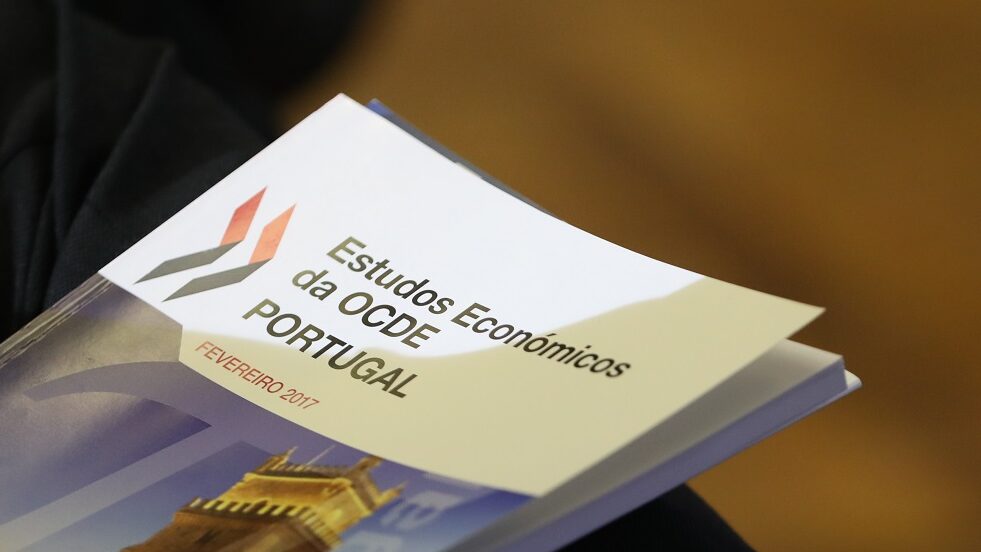Growth forecast rises to 4.7% this year due to plan, vaccination
"In 2022, the 2019 level of wealth destroyed by the pandemic will be recovered," according to the report updating the Economic and Budgetary Outlook 2021-2025, released on Thursday.
The Public Finance Council (CFP) on Thursday improved its economic forecasts for Portugal, expecting growth of 4.7% this year and 5.1% in 2022 due to the Recovery and Resilience Plan and vaccination.
“In 2022, the 2019 level of wealth destroyed by the pandemic will be recovered,” according to the report updating the Economic and Budgetary Outlook 2021-2025, released on Thursday.
The upward revision by the CFP results from the incorporation of the contribution of the approval of the Recovery and Resilience Plan economic developments from the 2nd quarter of 2021 and the lifting of restrictions on economic activity in a country with one of the highest vaccination coverage rates in the world.
According to the institution, the Plan ends up working, in this period, as an added value affecting the different components of GDP, with emphasis on investment and fundamentally public investment.
The Portuguese Recovery and Resilience Programme, approved by the European Commission to face the crisis caused by the Covid-19 pandemic, should not only allow this short-term impulse, favouring the inversion of the economic cycle (from a profoundly negative gap to another that is expected to be slightly positive) but also contribute to the potential growth of the Portuguese economy, increasing factor productivity, of all of them.
Previously, the CFP had estimated growth of 3.3% for 2021 and 4.9% for 2022, following the economic contraction of 7.6% last year.
The forecasts released on Thursday for 2021 compare negatively only with those of the Bank of Portugal, which expects growth of 4.8%, but exceed those of the government (4.0%), the International Monetary Fund and European Commission (3.9%), and also the Organisation for Economic Cooperation and Development (3.7%).
“In the medium term, with unchanged policies, the growth of economic activity should converge to values around the growth of potential product (2.0%),” said the economists from the independent institution.
For the remaining years of the economic cycle under analysis, growth is expected to be 2.9% in 2023, 2.2% in 2024 and 2.0% in 2025.
“The growth rate of GFCF [Gross Fixed Capital Formation, the investment item] in volume is expected to recover to 5.9% in 2021, and to 7.1% in 2022, mainly reflecting the absorption of RRP funds in the economy, as well as the expected recovery of domestic and external demand in this period and the maintenance of favourable financing conditions,” the CFP said.
As for the unemployment rate, after rising from 7.0% to 7.3% in 2021, it should decrease to 6.9% in 2022, 6.5% in 2023 and stabilise at 6.4% in 2024 and 2025.
The scenario outlined by the CFP also foresees an increase in inflation, measured by the Harmonised Consumer Price Index (HICP), to 0.8% in 2021 and 1.6% in 2022 and should stabilise in the following years around 1.5%.
As for the risks, they are directly or indirectly related to the evolution of the pandemic situation and are mostly downward, and are mainly related to delays in vaccination in partner economies of the Portuguese, the appearance of new variants.
There are also risks related to the delay in the recovery of the economy, which may increase the risk of insolvencies in business and, consequently, the increase of unemployment and the decrease in household income, as well as the high level of indebtedness of companies, families and public administrations, which may have consequences on national financing conditions.


